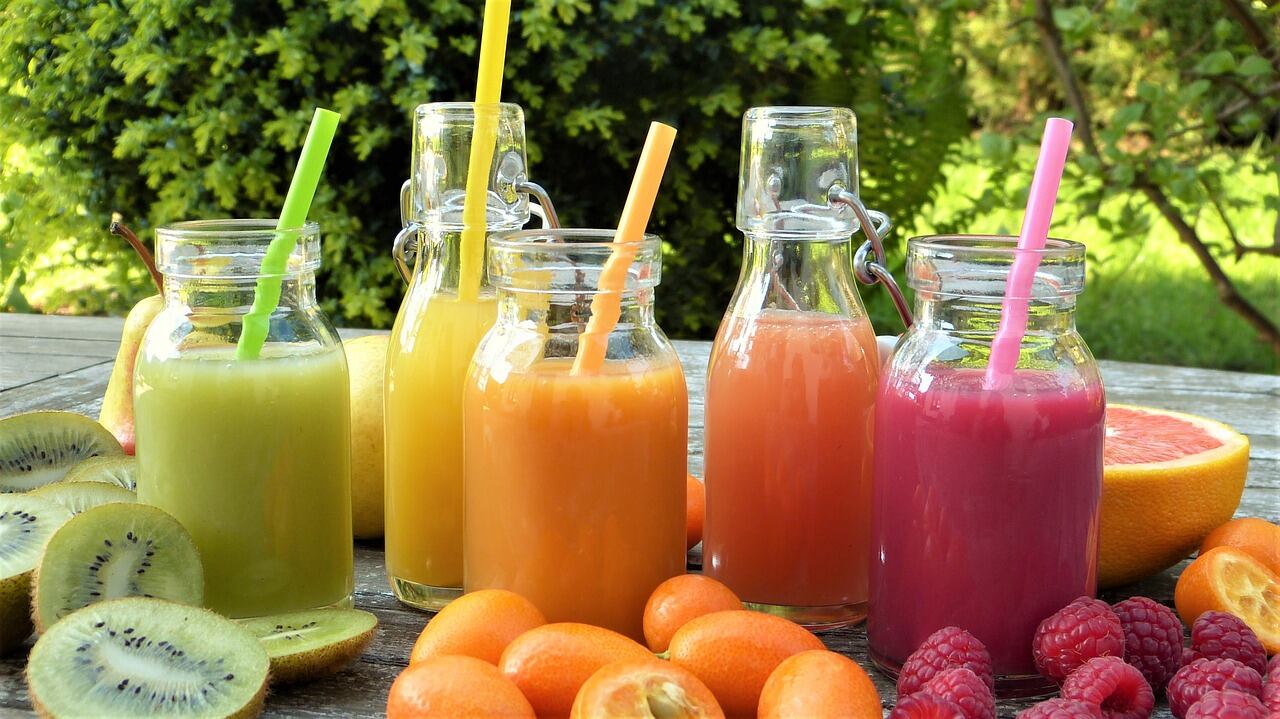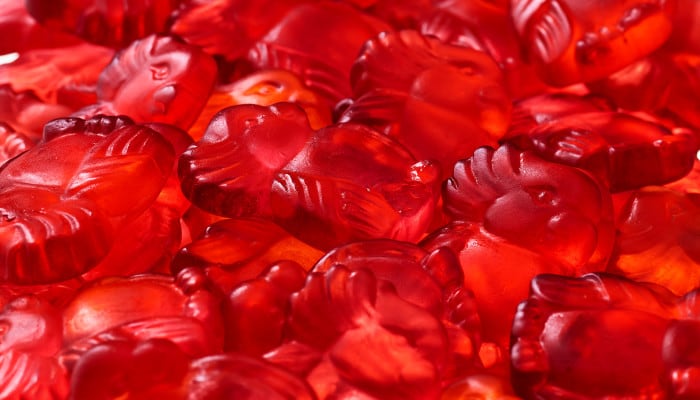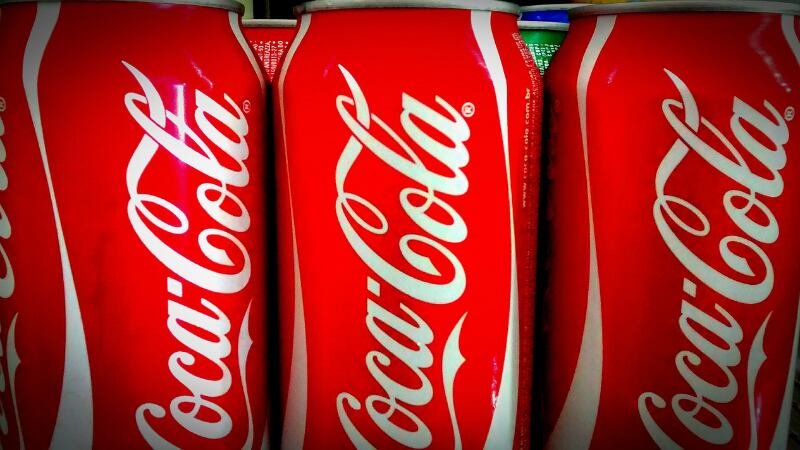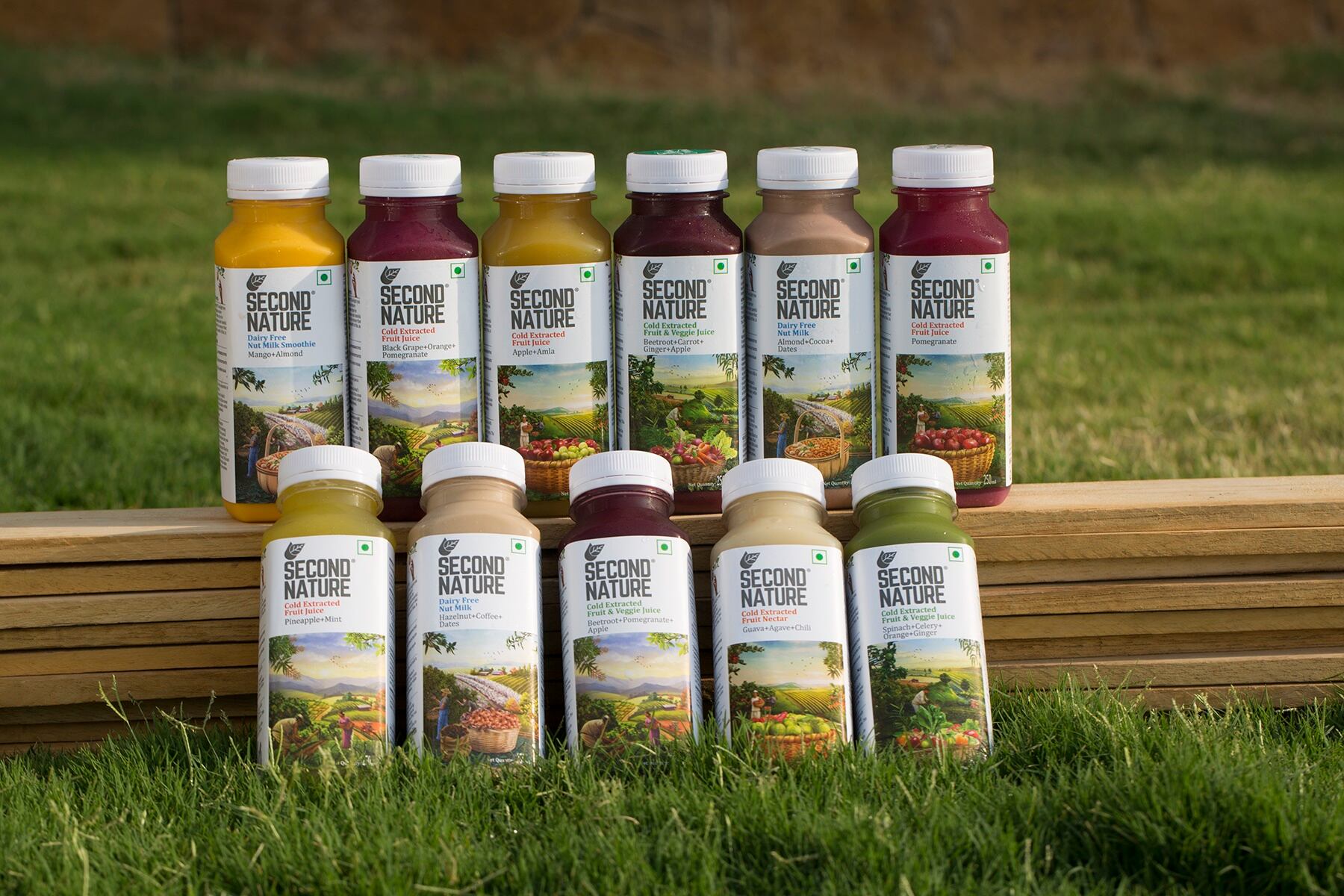In 2008, the Ceravolo family had been forced to sell its juicing apples interstate for a fraction of their value, prompting them to build a juicing plant and launch the premium Ashton Valley Fresh brand of apple and pear juices.
Since fourth-generation siblings Joyce and Joseph took over the business from their father and uncle in 2013 production has surged from about 30,000 litres a year to 4.2 million litres in 2018.
The supply of bulk juice to the craft cider industry has been the backbone of the business with about half of total production going to the nearby The Hills Cider Company to make its award-winning apple and pear varieties.
Many thousands more litres are also sold to other craft juice and cider companies around Australia.
“When they originally built the juicing plant it was quite small scale but when Joyce and I came on board five years ago we were pretty much at capacity and we still weren’t really meeting the requirements of the customers,” Joseph said.
“So we designed and built the upgrade in the hope that we would double or triple output in five years. We could probably comfortably do 10 million litres a year now.”
The Ashton Valley Fresh retail range includes 18 varieties of still and sparkling juices in a variety of apple and pear-based flavours.
The retail side of the business began as a hobby but now accounts for about 10 per cent of volume, growing steadily at a rate of 15-30% a year. National distribution through Coles has been a major contributor to this.
A focus on increasing retail sales in Australia and exploring export opportunities in Asia will be among the goals for 2019.
“We’ve had a lot of interest from the Asian market—China, Vietnam, Japan—because they are looking for high-quality products,” Ceravolo said.
“We’re waiting for the right people to work with and we want their values and interests to be aligned with ours similar to how it is with Hills Cider. We really want to build a relationship that’s sustainable for both parties.”
The Ceravolo family established a market garden and planted their first apple trees more than 60 years ago.
Their orchards now span 740 acres across seven sites and produce apples, pears, cherries, strawberries and nectarines. It also has a packing facility and cold storage, which is also used by other nearby orchards.
“Before we had the juicing plant our juice fruit was being shipped interstate and we were making a loss on it,” Ceravolo said.
“Dad and Uncle Joe decided one year they couldn’t justify sending it, because of the high freight cost and low juice prices, so we fed the apples to our cows and they decided to invest in a juicing plant,” Joseph said.
Ashton Valley Fresh now pays growers about 400% more than the Ceravolos made in 2008 from their juice-grade apples The huge outlay for a processing plant was a massive risk for the business at the time, especially as they had no customers in the juice niche.
The first big break came in 2009 when The Hills Cider, then a local fledgling craft brand, asked to trial juice for its ciders.
The two brands have grown together and now a minimum run of 24,000 litres of juice is processed every week for Hills Cider with double or triple runs scheduled in busy weeks.
Ceravolo believes his family’s history and experience in the industry, coupled with the younger generation’s quest for continuous improvement, have complemented each other well.
“My grandfather would do everything with a shovel and a pick. Then my uncle and dad would do it with an excavator. Our generation is now seeking out the latest technologies and innovations to simplify and streamline tasks even further,” he said.
“To do well you need to innovate and it is hard work but modern technology really gives you the opportunity to automate and make it as easy and as sustainable as possible.”




